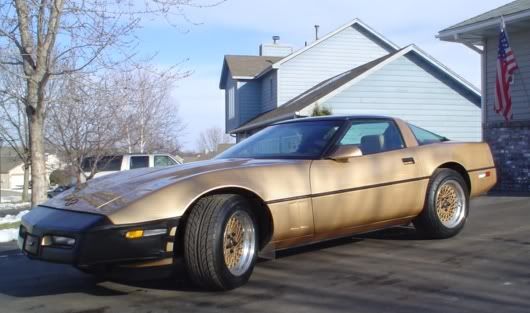So, back from skiing in Austria.
Thermoshock is ofcourse a technical term that exsists. But I am refering to thermoshock in an corvette engine. (And then I don't mean a nitrous 500 bhp+ engine!

) In an standard or almost standard engine thermoshock will not occur.
For the rest I am amazed how many of you drive around in a corvette that overheats. It's basically very strange. Because of the following:
either a 160 or a 180 degree thermostat opens whenever the engine reaches these temperatures. When it's open the full cooling of the engine is working. If the engine then still overheats it doesn't really matter which one you mount. The engine will overheat anyway. It's only somewhat later.
If you have trouble with your engine overheating because of high ambient temperature's why don't you just fit an aftermarket bigger radiator? It's an easy job and doesn't have to cost very much. Chipping your fans or changing your thermostat won't help you really. It's only an easy way to mask the real problem.







